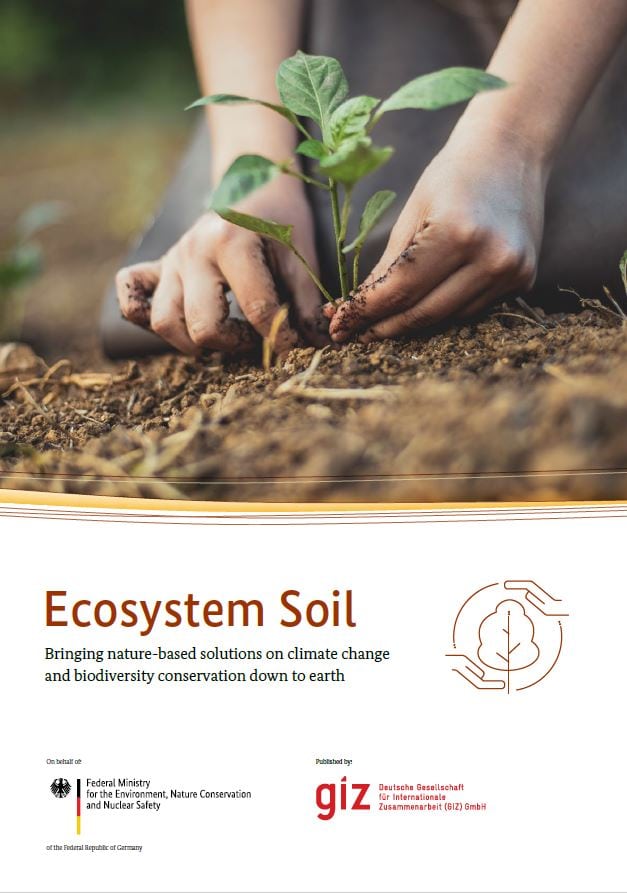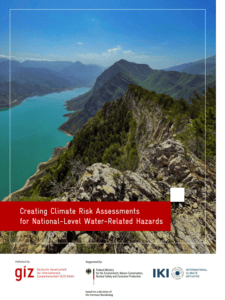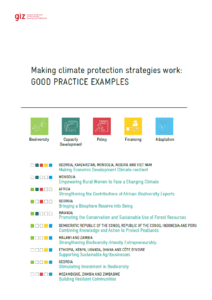There is an unprecedented interest in nature-based solutions for climate change mitigation and adaptation. But something very important is often missing from discussions of such solutions: the role of healthy soils. As habitats for plants and animals, as regulators of climate and water, and as the foundation of terrestrial ecosystems and the vast majority of our food production, soils are critical to all ecosystem services – including those that humans depend on for survival.
Yet soil health is in jeopardy in many parts of the world, depleted by decades of industrial agriculture and land degradation, and further threatened by climate change. One third of the earth’s land is already degraded. This degraded land is home to about 3 billion people. At the same time, healthy soils can boost resilience to climate shocks and increase species diversity both above- and below-ground, making them a critical element of policies and practices for climate change adaptation and mitigation, biodiversity conservation, water resource management and sustainable development.
This guidebook aims to demonstrate the importance of sustainable soil management (SSM) for adaptation to climate change, biodiversity conservation and the achievement of long-term food security. By adopting nature-based solutions such as ecosystem-based adaptation (EbA), farmers can dramatically increase their productivity while adapting to climate risks.





